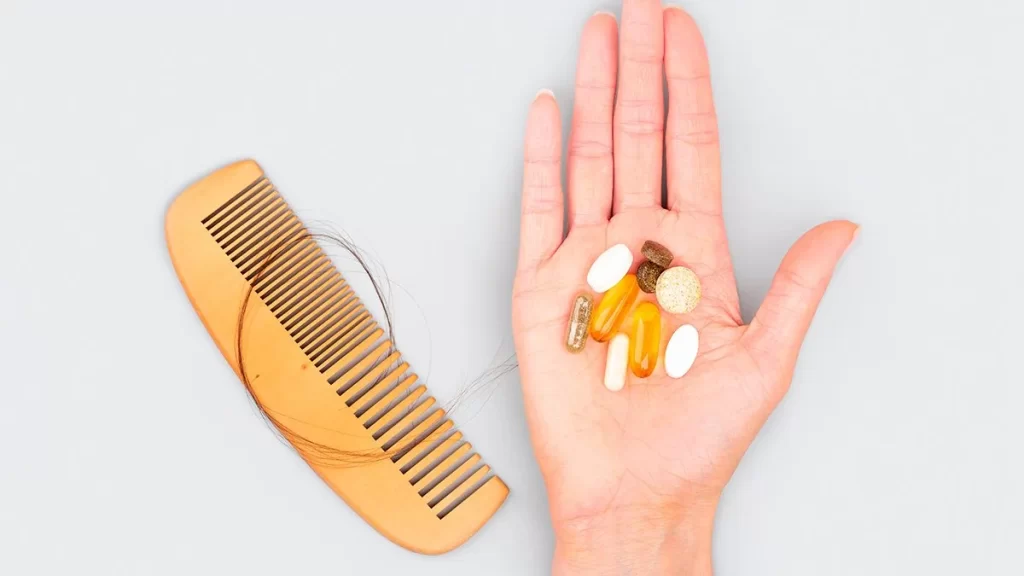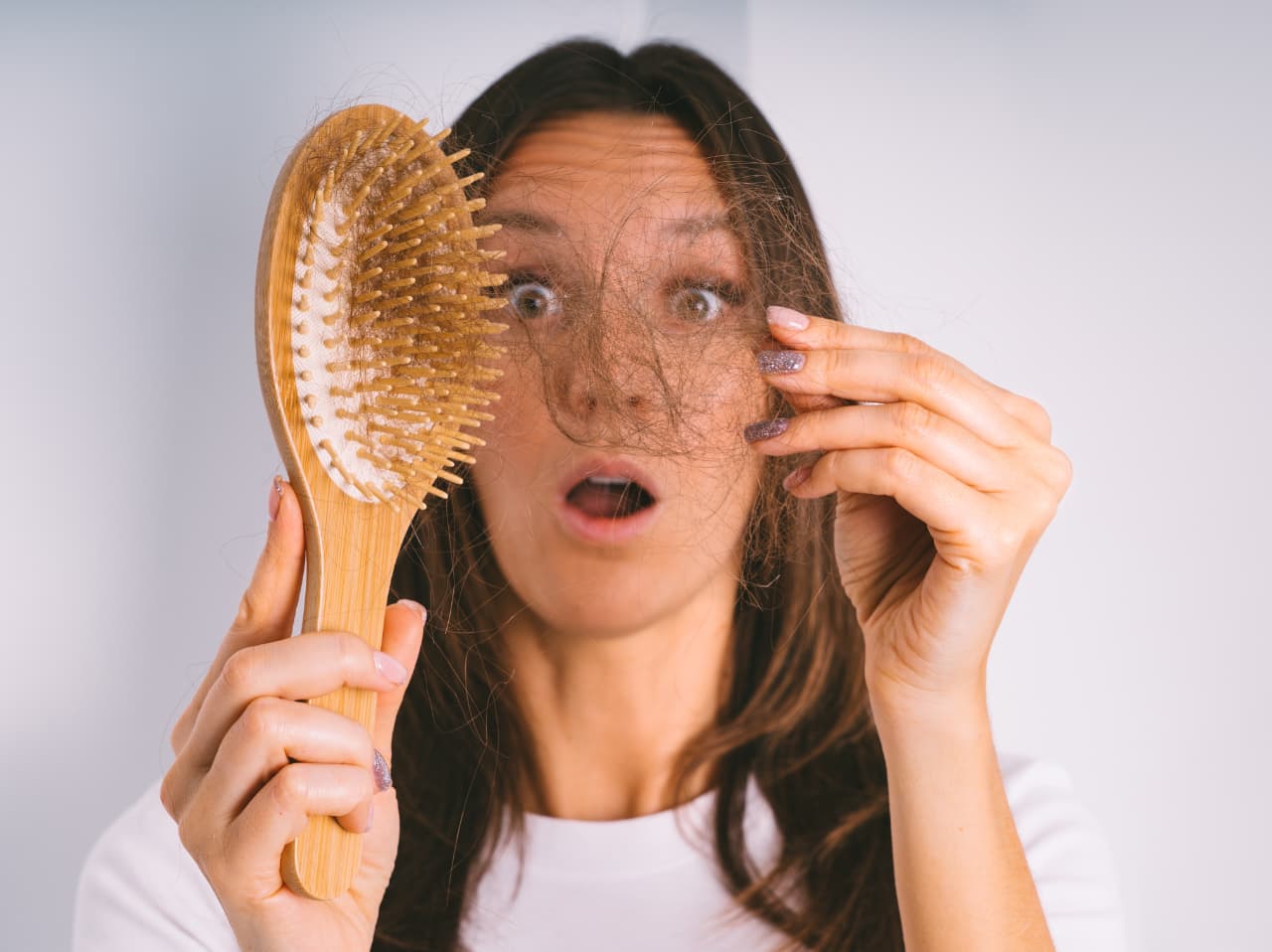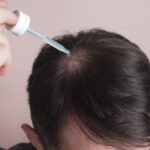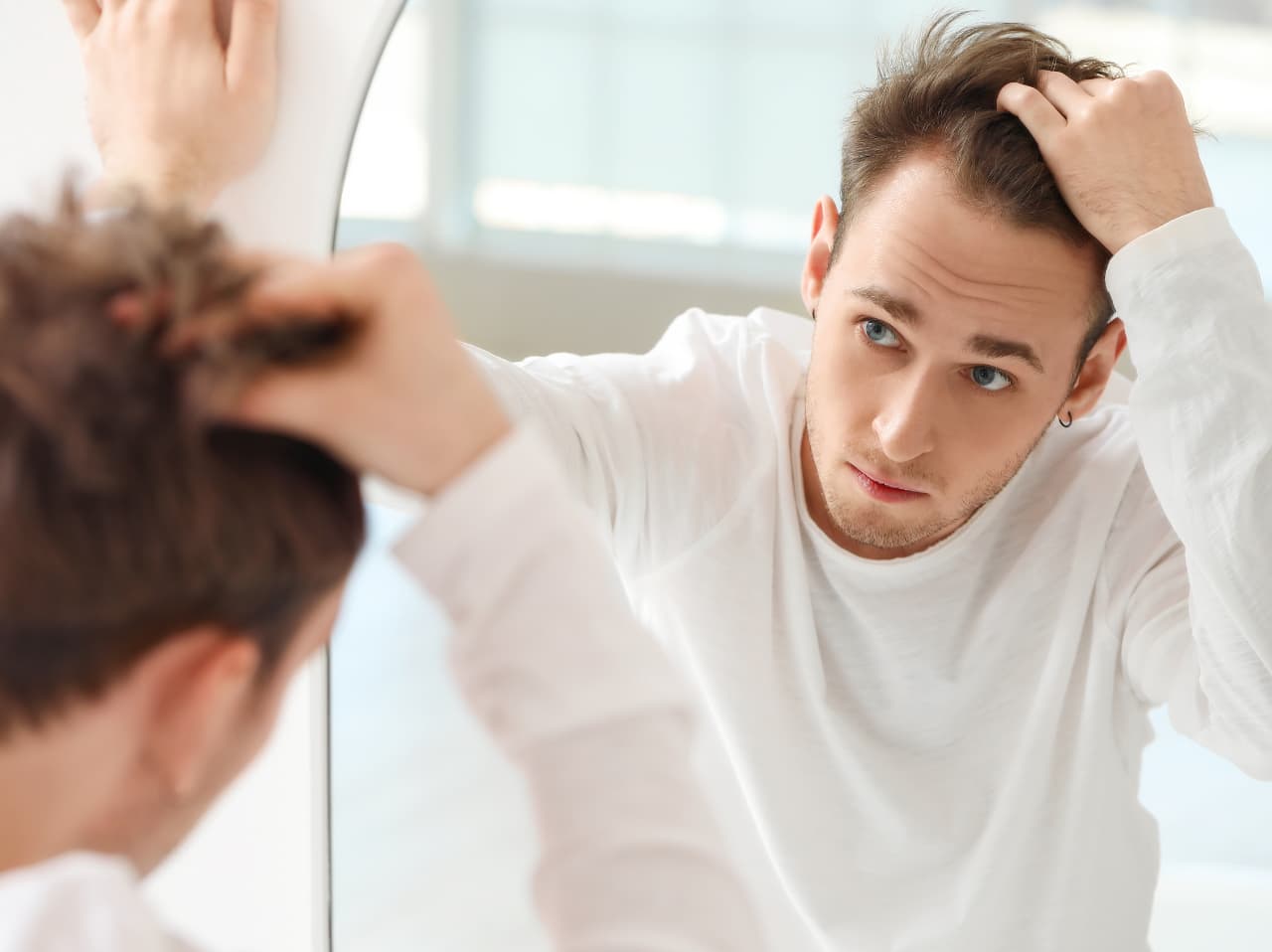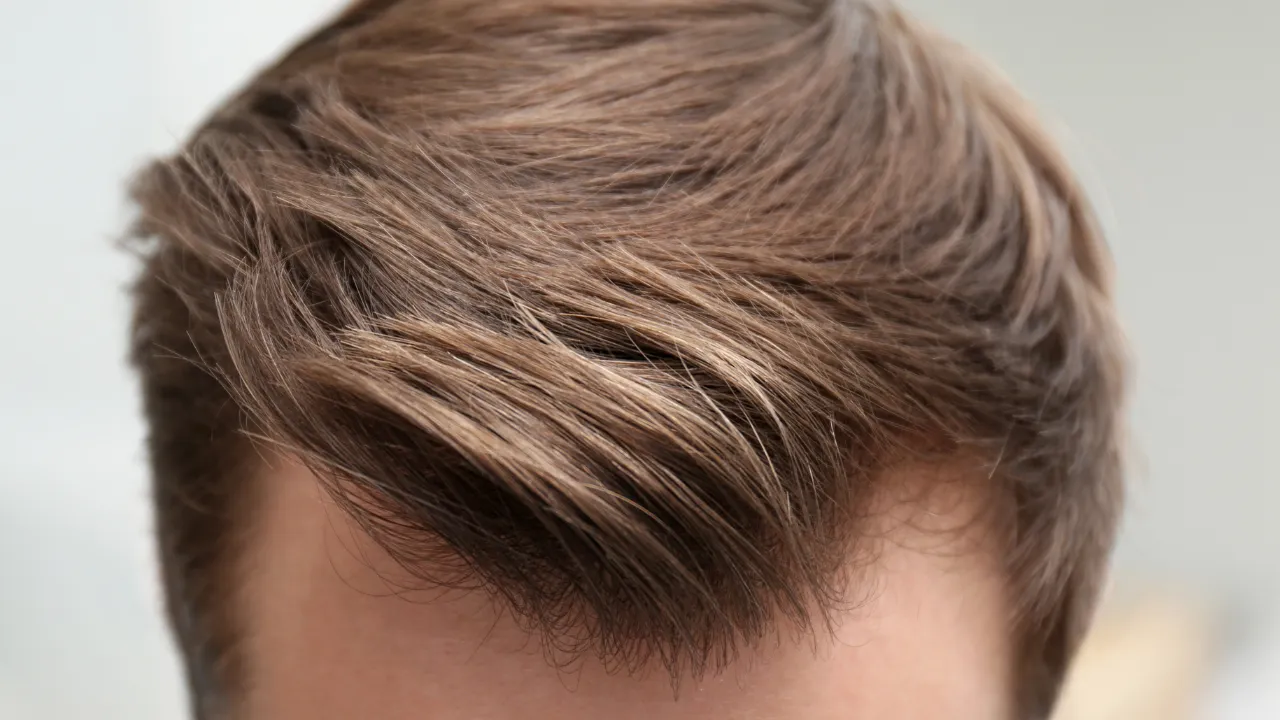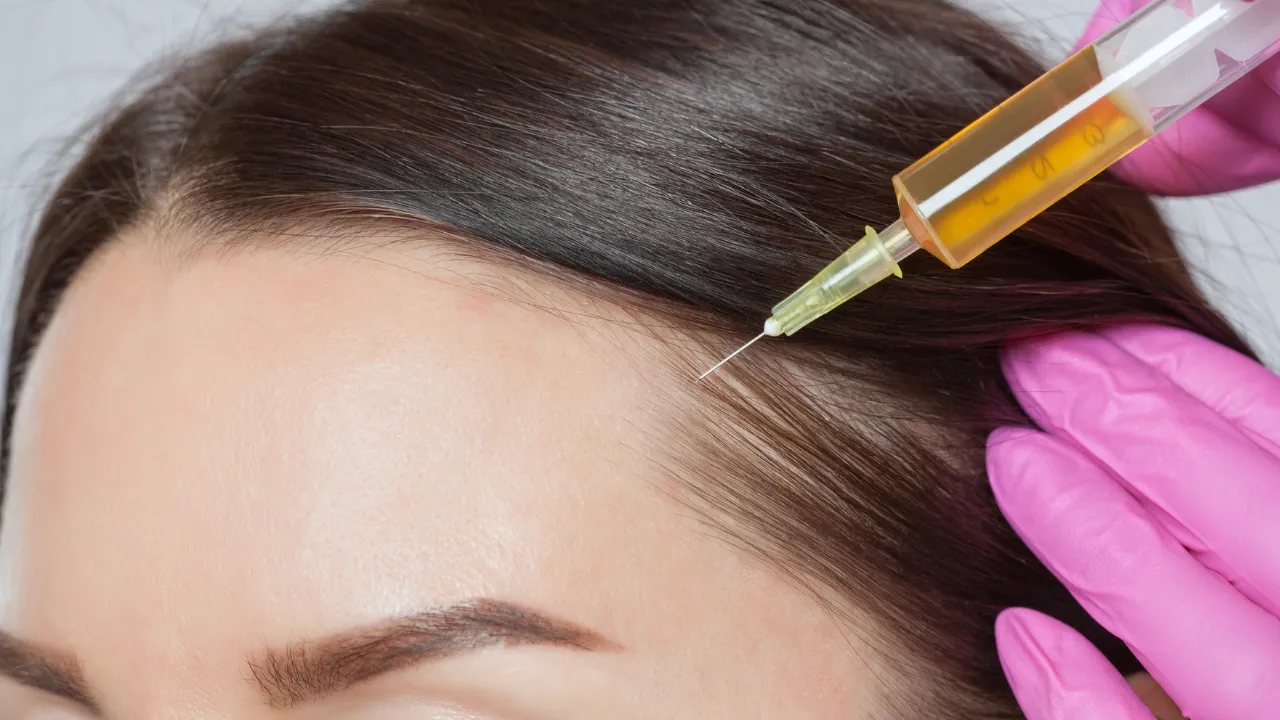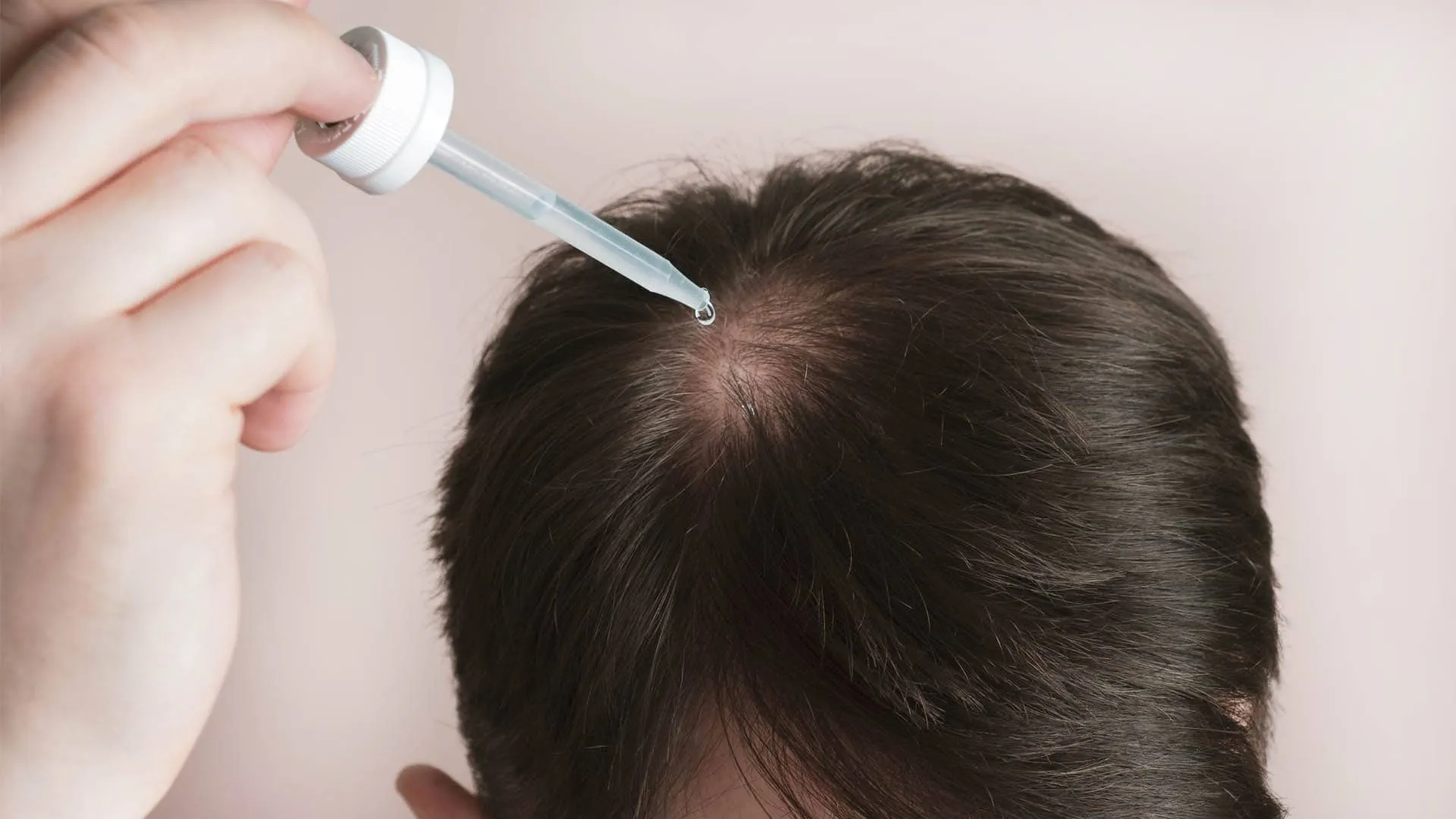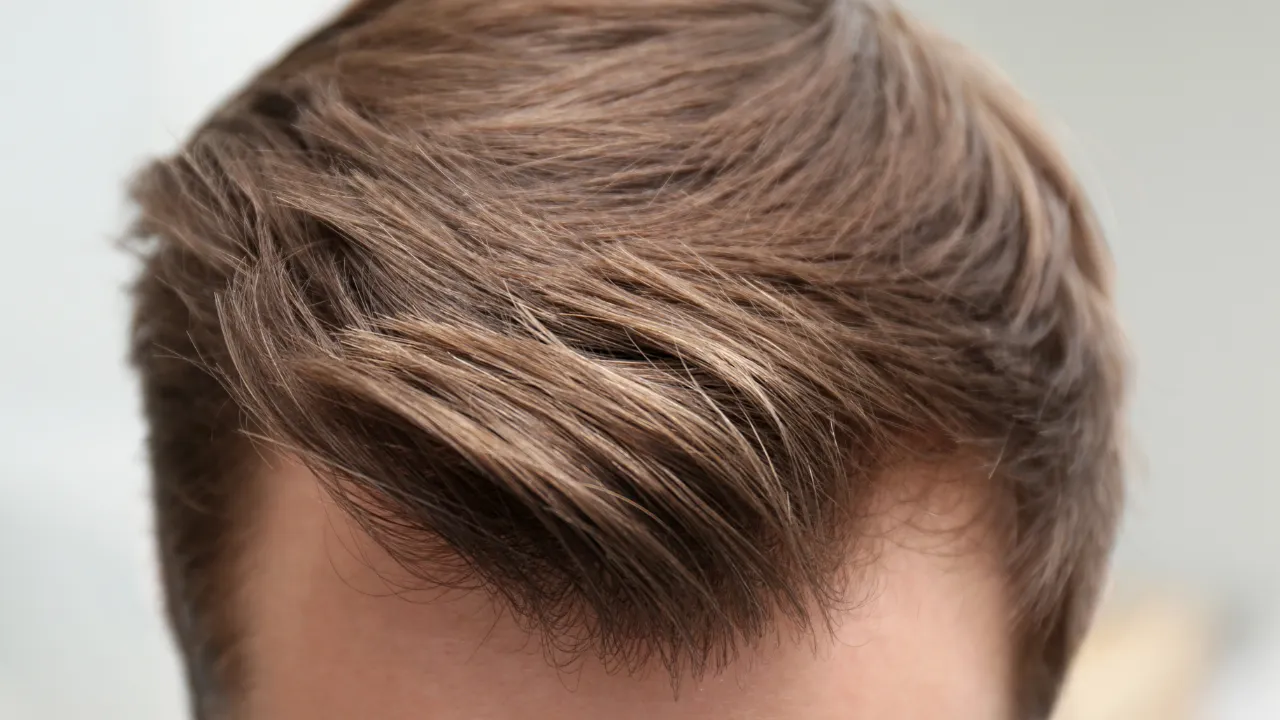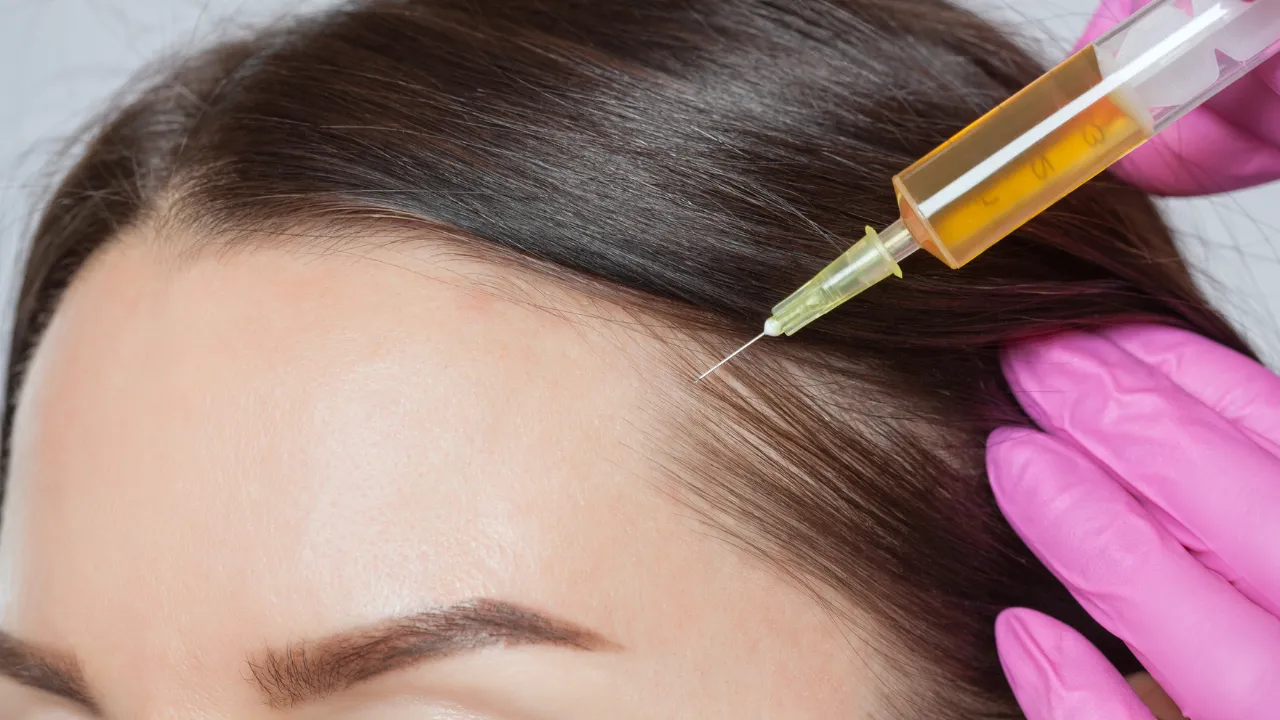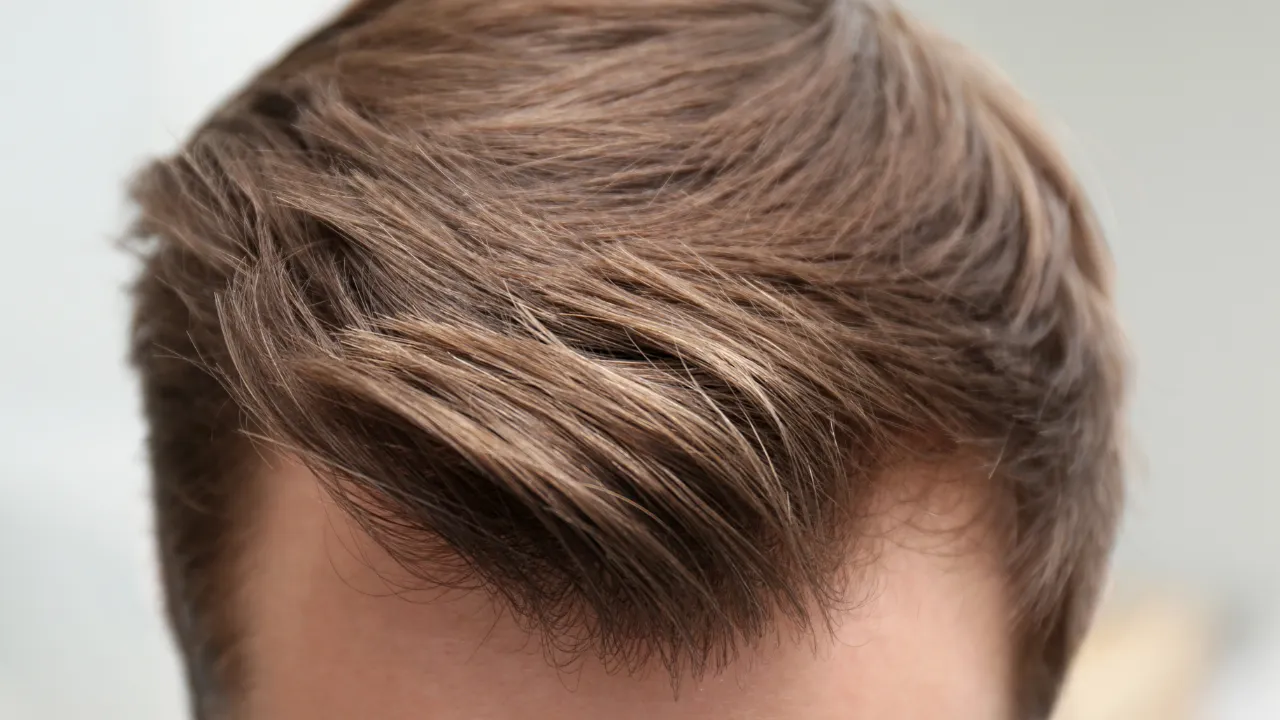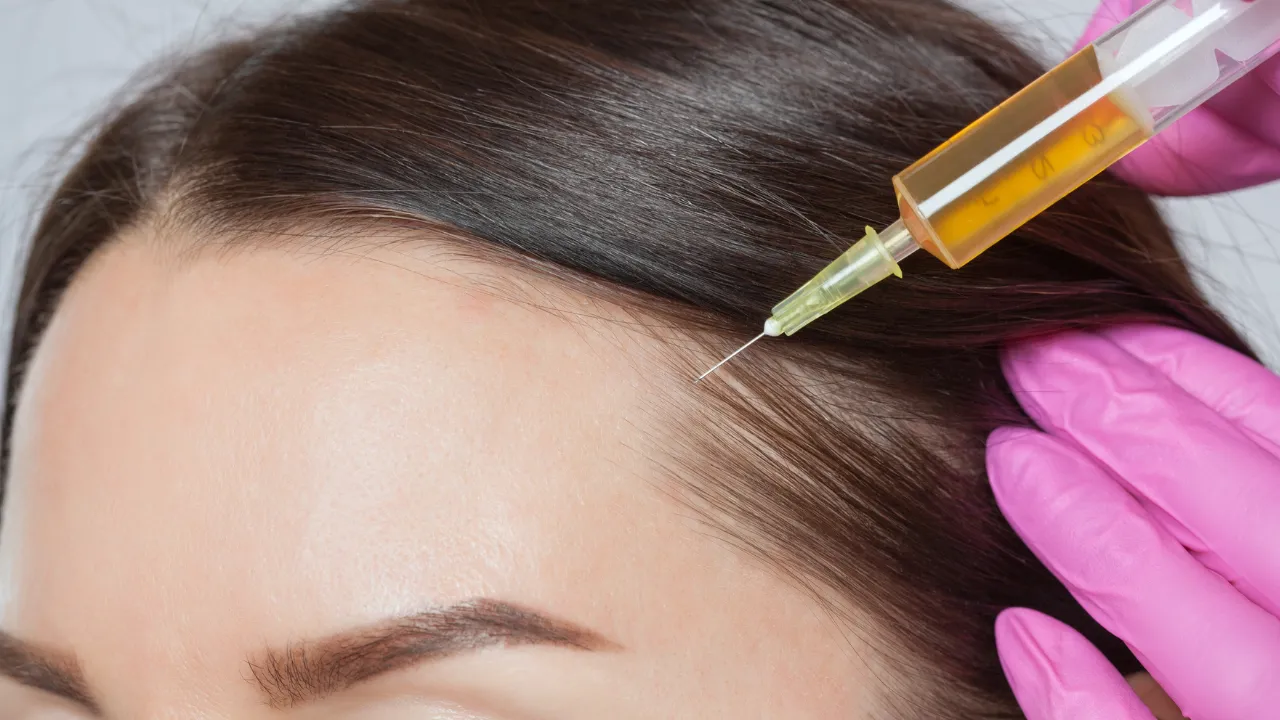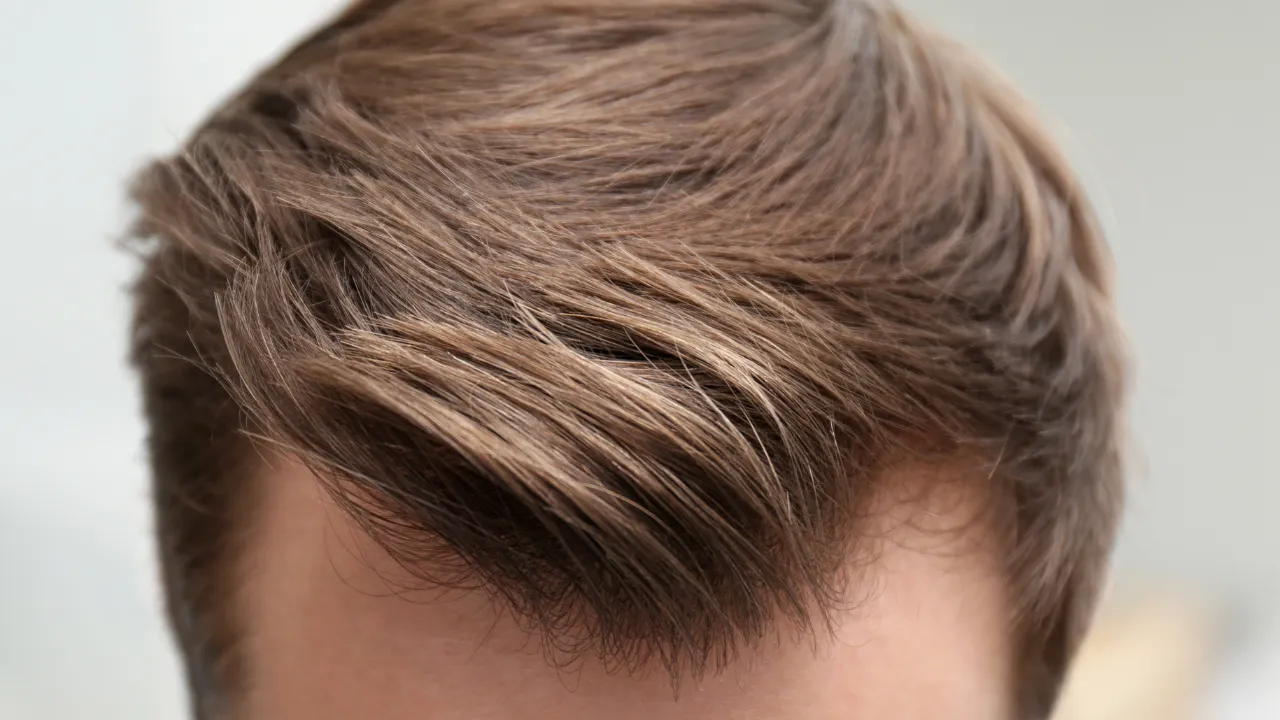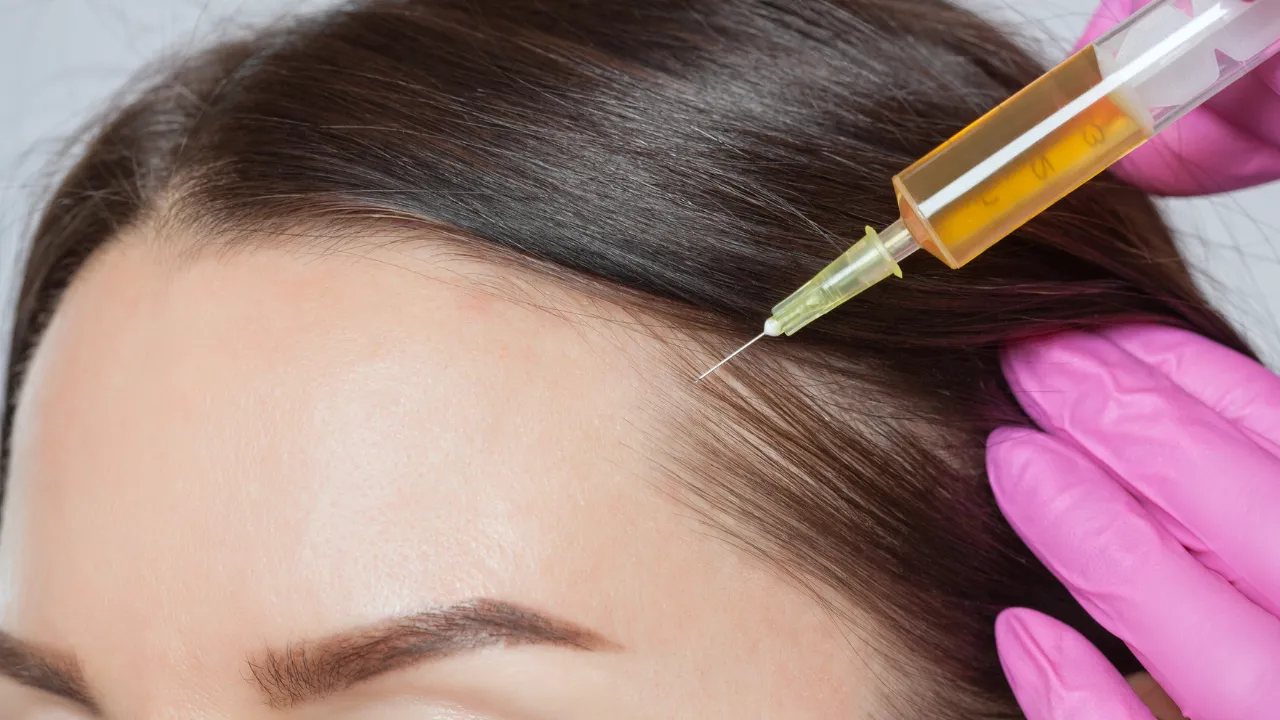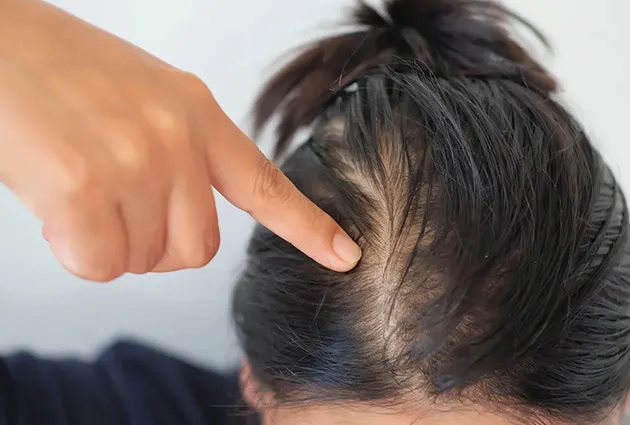Table of Contents
ToggleKopelman Hair helps women manage hair loss with safe and proven treatments. Many patients ask about spironolactone and hair loss in women, especially if this medicine can slow thinning and bring back fuller hair. At our clinic, we offer guidance informed by decades of expertise, enabling patients to make informed decisions.
Spironolactone is a drug first used for high blood pressure and heart failure. Today, it is also used for treating hair loss in women. Doctors often prescribe it when other options are not enough, especially for women with hormone imbalances that affect hair growth.
Key Takeaways
- Spironolactone can help slow female pattern baldness by blocking androgen hormones, and results may appear after several months of steady use.
- Both oral and topical spironolactone are treatment options, though oral pills are more common and require medical monitoring.
- Side effects range from mild issues like dizziness to more serious risks such as high potassium or kidney problems, so regular checkups are important.
- Combining spironolactone with other treatments, such as minoxidil or PRP, can stimulate hair growth and improve hair density.
- Consulting a specialist like Dr. Kopelman at Kopelman Hair ensures women receive a safe and personalized plan.
How Spironolactone Affects Hair Loss
Does spironolactone for hair loss work?
Spironolactone is an anti-androgen. It lowers androgen levels, including dihydrotestosterone (DHT), a hormone linked to thinning hair and female pattern baldness. By blocking DHT, spironolactone can treat androgenetic alopecia and slow hair loss.
This makes it helpful for women with androgen-related problems. It may also improve hair fullness and thickness. Doctors often recommend it as a treatment option when topical products alone are insufficient.
Spironolactone hair growth success
A 2023 study found that over 70% of women using spironolactone had less shedding after six months. Another study showed better results when spironolactone was combined with minoxidil.
These studies demonstrate the need for medical supervision. FDA guidance also stresses the importance of regular monitoring.
Many women notice improvement, especially when starting treatment early. This timing gives spironolactone a better chance to improve hair volume.
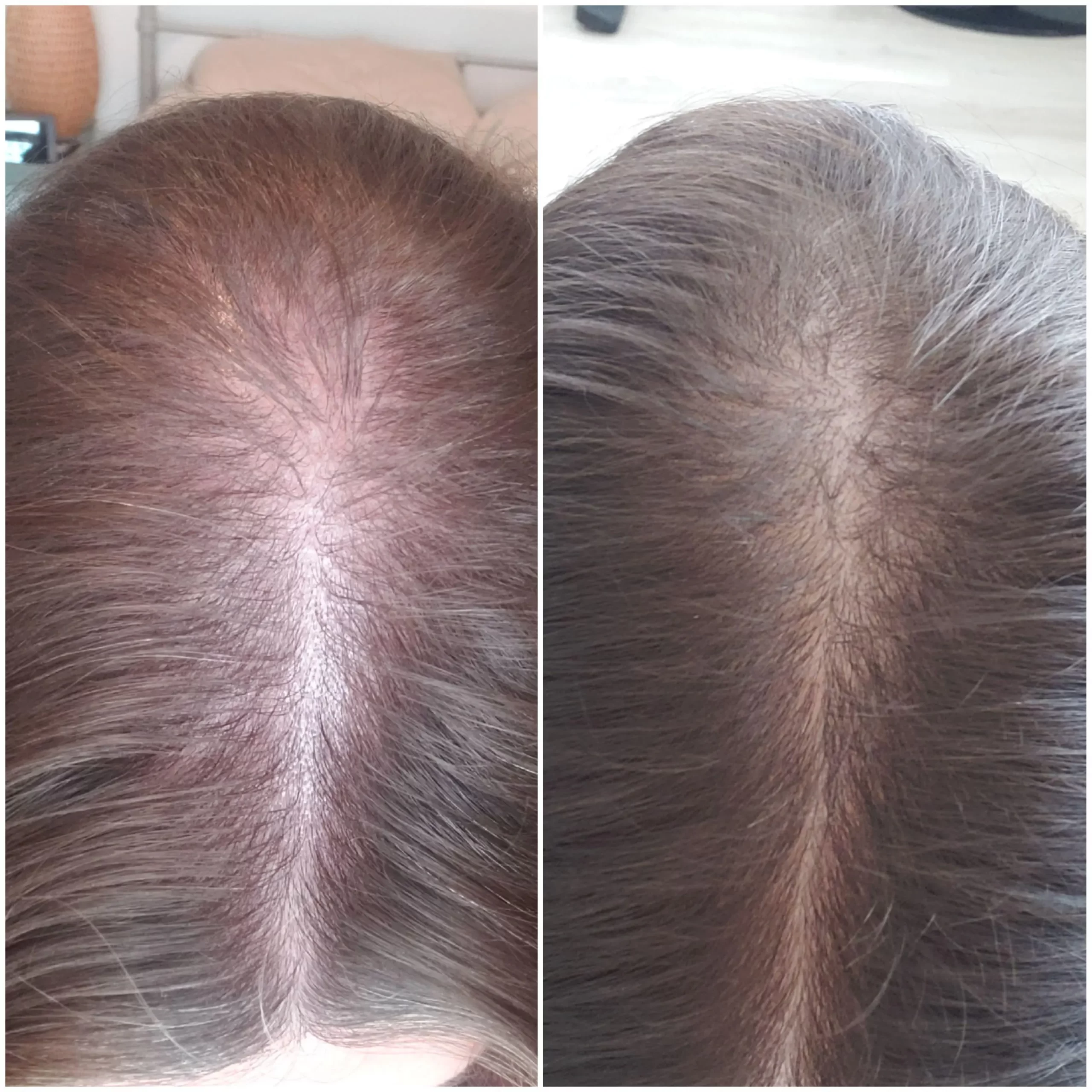
Can spironolactone make hair loss worse?
Some women see more shedding at the start of treatment. This happens because the hair cycle is adjusting. In most cases, the shedding slows within a few months.
If the shedding continues, it could be another type of hair loss or a different health issue. A consultation with Dr. Kopelman can help find the right treatment plan.
Using Spironolactone for Women’s Hair Loss
Who should consider spironolactone?
Doctors may recommend spironolactone for women with hormone imbalances or thinning hair caused by androgens. It is also helpful for women with PCOS, where high androgen levels play a role in hair loss.
It is not used for men, and women who are pregnant or planning to become pregnant should not take it. Because spironolactone affects sex hormone activity, regular checkups are important.
Oral spironolactone for hair loss
Oral spironolactone is the most common form. It is taken daily as a pill, and results build slowly.
Because it affects the entire body, patients require blood tests to monitor potassium levels and kidney function. This ensures the treatment remains safe.
Topical spironolactone for hair loss in women
Topical spironolactone is a less common option but is being studied as an alternative. It works directly on the scalp and may reduce the risks of oral pills while still helping to stimulate hair growth.
The research on topical spironolactone is still limited. For some women, it may be a future treatment option.
What is the typical spironolactone dosage for hair loss?
The typical spironolactone dosage for hair loss in women ranges from 50 mg to 200 mg per day, depending on the patient’s health and response to treatment. Doctors usually start with a lower dose, such as 25–50 mg, and increase it gradually if needed.
Most women begin to see reduced shedding within three to six months of use. Thicker regrowth often takes nine to twelve months. Because hair grows in cycles, steady and consistent use is important for the best results.
Doctors usually recommend staying on spironolactone for at least a year before deciding on its effectiveness. Keeping track of progress with photos or checkups can make improvements easier to notice over time.
How long should women use spironolactone for hair loss?
Spironolactone for hair growth in women often needs long-term use. Stopping suddenly can bring back shedding.
Regular follow-ups allow doctors to adjust doses and keep the treatment safe.
How to stop taking spironolactone for hair loss
Stopping spironolactone should only be done under a doctor’s care. Reducing the dose slowly allows the body to adjust and prevents sudden hormone fluctuations.
Doctors may suggest other therapies to maintain results when spironolactone is stopped.
Spironolactone Side Effects
Spironolactone hair loss side effects: common vs. serious
Spironolactone can cause side effects. Common ones include:
- Dizziness
- Fatigue
- Irregular periods
- Breast tenderness
- Mild changes in blood pressure
Serious side effects are less common but possible. These include:
- High potassium levels
- Kidney problems
- Allergic reactions
Doctors often recommend blood tests to monitor potassium and kidney health. This reduces risks during treatment.
Alternatives to Spironolactone for Hair Loss
Which is better, spironolactone or minoxidil?
Minoxidil is an FDA-approved topical solution for androgenetic alopecia and female pattern hair loss. Unlike spironolactone, it does not target hormones, so both men and women can use it safely.
Spironolactone and minoxidil work in different ways. Using both may improve hair density more than using either one alone.
Other alternatives to spironolactone for hair loss
Women who cannot take spironolactone may try other medicines, such as finasteride in select cases. Supplements that support scalp health and promote lifestyle changes can also aid in shedding.
Simple steps, such as eating a balanced diet, lowering stress, and avoiding harsh styling, can support healthier hair.
Advanced solutions like PRP or transplant
When medicines are not enough, advanced treatments can provide additional support. Platelet-rich plasma (PRP) therapy uses the patient’s blood to stimulate hair regrowth and improve hair quality.
Hair transplantation, performed by Dr. Kopelman, restores density in areas where follicles no longer grow. With over 40 years of combined experience, Kopelman Hair provides results that look natural.
Frequently Asked Questions About Spironolactone and Hair Loss
Can spironolactone be combined with minoxidil?
Yes. Minoxidil works on the scalp, while spironolactone lowers androgen levels. Together, they can have a stronger effect.
Is spironolactone safe during menopause?
Yes, but dosing may differ. Doctors will consider overall health and hormone balance before prescribing.
What happens if I stop treatment suddenly?
Shedding may return within a few months. A doctor can guide how to stop safely and suggest other treatment options.
Consulting a Hair Restoration Specialist
For example, a 35-year-old woman with PCOS-related thinning hair may start oral spironolactone with topical minoxidil. After four months, she may notice less hair shedding, with thicker regrowth by nine months. A specialist may also suggest PRP or lifestyle changes to improve results.
These kinds of examples show how spironolactone fits into a broader plan. Combining methods often helps treat androgenetic alopecia more effectively.
Questions to ask your doctor
Patients may ask:
- How long will it take to see results?
- What checkups are needed during treatment?
- What other options are available if spironolactone does not work?
Clear answers set the right expectations and build trust.
Building a personalized hair loss plan
Every woman’s type of hair loss is different. The best plan matches the cause, severity, and health of the patient.
At Kopelman Hair, Dr. Kopelman develops personalized strategies that combine medical treatments, non-surgical therapies, and advanced procedures as needed. This approach considers the effectiveness of spironolactone while creating safe, tailored solutions for every patient.
Schedule a private consultation today to discuss your goals and explore safe, effective solutions for treating hair loss.


